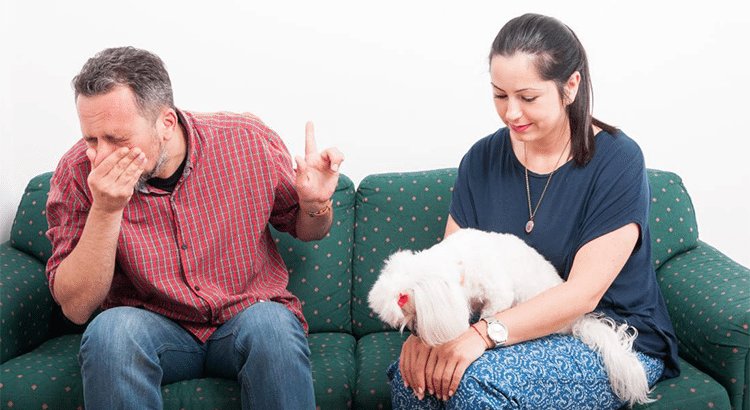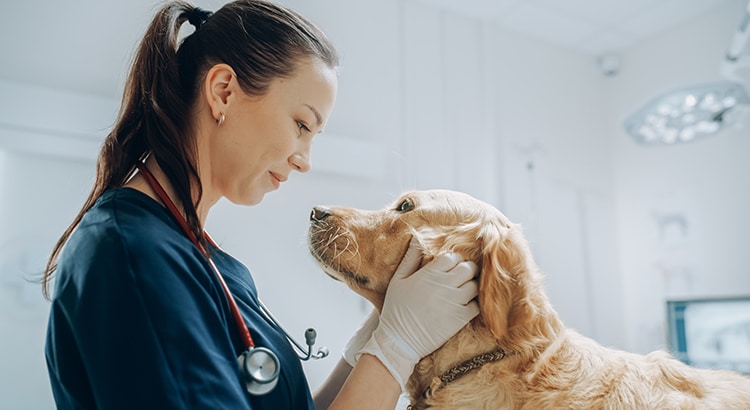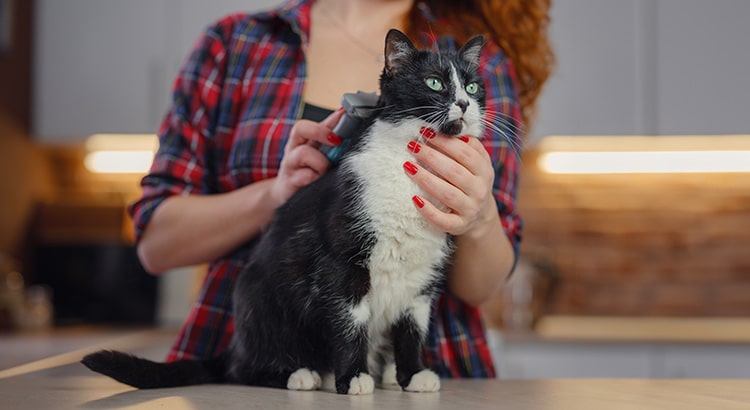
For an animal lover, adopting a dog can be one of the most joyful times in their life. Introducing a new pet to the family makes for an exciting day, however what happens when not everyone’s allergies agree with the new furry friend? While there are no 100% hypoallergenic dogs, there are breeds of pups that have less dander which is great for allergy sufferers.
According to the American College of Allergy, Asthma, and Immunology, as much as 10% of the U.S. population is allergic to dogs.
While our family may not react positively to us bringing home our dream pup, how can we prepare ahead of time with our research to make sure our new pup can stay rather than being taken back to the shelter? #adoptdontshop One of those ways is to understand what a “hypoallergenic” dog is and how to modify our home to keep that fuzzy friend with us.
What makes a dog hypoallergenic?
A dog is considered hypoallergenic when they do not shed. For this reason, the dander that is shed from their skin does not attach to the fur and become dispersed into the air or onto the floor.
Solutions to Allow Allergy Sufferers to Keep Their Pet According to the Humane Society:
It is important to be tested by your doctor to see what allergies you have. A combination of approaches can help with pet allergies from medicinal control, a good house cleaning routine and immunotherapy.
The Top 10 Most Popular Hypoallergenic Dogs
- 1
Poodle- come in large and toy sizes with minimally shedding coats
- 2
Maltese- have more hair-like fur with small size and docile temperament
- 3
Bichon Frise- non-shedding coat excellent for families with children
- 4
Labradoodle- cross of Labrador and Standard Poodle and avoid heavy shedding
- 5
Portuguese Water Dog- popular breed choice among allergy sufferers
- 6
Soft Coated Wheaten Terrier- soft coats resemble hair more than fur
- 7
Chinese Crested- unique breed with hardly any hair at all or very little
- 8
Giant Schnauzer- large breed with wiry coats that shed minimally
- 9
Afghan Hound- appear as though they be heavy shedders, but shed very little
- 10
Kerry Blue Terrier- a minimal shedder and great hypoallergenic choice
According to the American Kennel Club, the following breeds are additionally considered hypoallergenic dogs:
So, while it is possible for you to have a pet while you also manage allergies, keep in mind these helpful tips to keep allergies at bay. Manage your home with routine cleaning and pet grooming, keeping an allergy free area in your home, and seek professional testing and treatment if needed.
At Pin Paws, we offer our Pin Paws Plus membership that includes access to whiskerDocs to answer all your pet allergy related questions by a veterinarian professional.
Click here to receive more information and sign up today.




